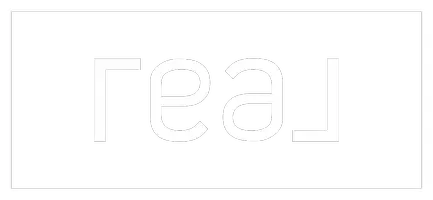Washington Announces Minimum Wage Increase

Initiative 1433, which was approved by Washington voters in 2016, implemented a gradual increase in the state's minimum wage over several years. These increases were enacted to ensure that workers in Washington receive a higher minimum wage, providing them with improved financial stability.
Here is the timeline for the minimum wage increases in Washington:

-
- 2017: $11.00 per hour
- 2018: $11.50 per hour
- 2019: $12.00 per hour
- 2020: $13.50 per hour
- 2023: $15.74 per hour
- 2024: $16.28 per hour
The topic of a minimum wage increase has been widely debated, let's take a deeper dive and understand the various pros, cons, impacts, and potential results of such a change.
Pros
- Improved standard of living: Raising the minimum wage can provide low-income workers with higher earnings, potentially leading to an improved quality of life.
- Reduced poverty: By increasing wages, individuals and families near or below the poverty line may be lifted out of poverty, reducing income inequality.
- Increased consumer spending: When low-income workers have more money to spend, they tend to use it on essential goods and services, which can stimulate economic growth.
- Boost employee morale and productivity: Higher wages can increase job satisfaction and motivation, leading to increased productivity and a more engaged workforce.
Cons
- Potential job losses: Critics argue that higher labor costs for businesses could lead to job cuts, especially for small businesses operating on tight budgets.
- Increased business costs: Employers, particularly small businesses, may struggle to afford higher wages, potentially leading to reduced profitability or increased prices for consumers.
- Impact on job opportunities for low-skilled workers: Some argue that a higher minimum wage could discourage employers from hiring entry-level or low-skilled workers, potentially limiting job opportunities for those with limited experience.
- Potential for inflation: If businesses pass on increased labor costs to consumers through higher prices, it could contribute to inflationary pressures in the economy.
Impact and Results
The impact of a minimum wage increase can vary depending on several factors, such as the extent of the increase, current economic conditions, and regional differences. Those potential results could include:
- Income redistribution: A minimum wage increase can help redistribute wealth by transferring income from employers to low-wage workers.
- Reduced reliance on public assistance: If workers earn higher wages, there may be a reduced need for government assistance programs, saving taxpayer money.
- Potential industry adjustments: Industries that heavily rely on low-wage labor, such as retail or hospitality, may experience adjustments in their business models, potentially leading to changes in employment practices or increased automation.
It's important to note that the effects of a minimum wage increase are complex and may vary across different contexts. Economic factors, labor market conditions, and the overall business environment can all influence the outcomes. Additionally, it's crucial to strike a balance between fair wages and the sustainability of businesses to ensure long-term success for both workers and employers.
Categories
Recent Posts










